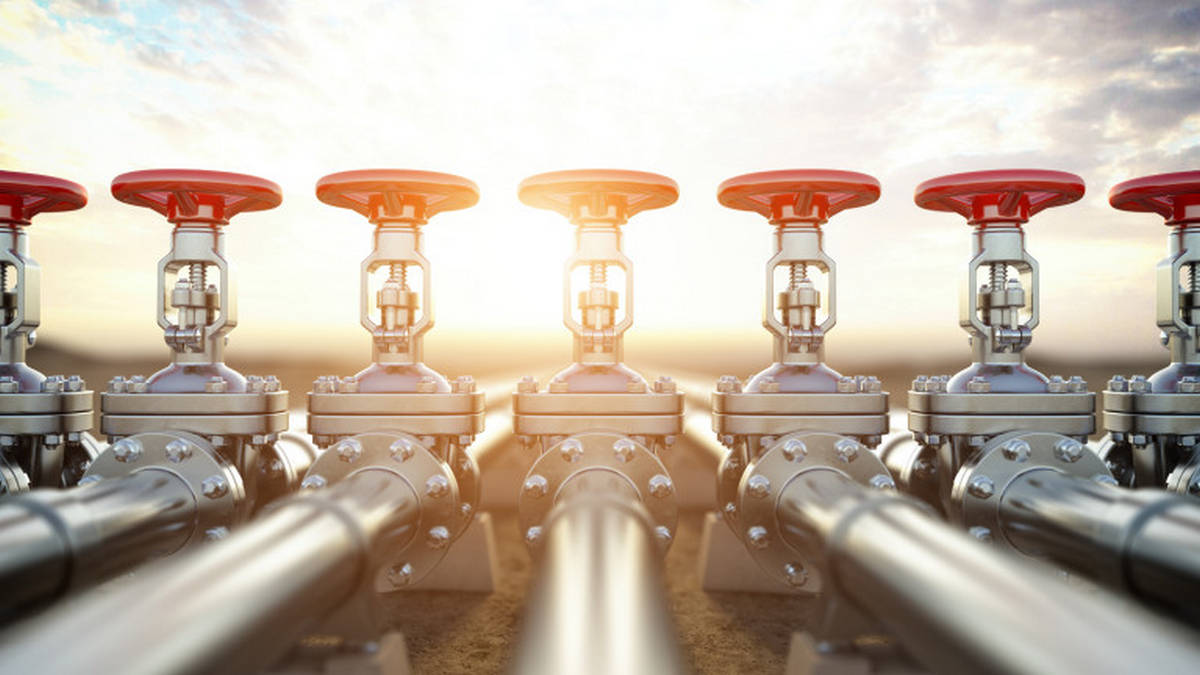Ukraine’s gas transmission system (GTS) can be optimized for the country’s domestic market, but Europe may lose one of its transit routes if this happens. This opinion was expressed by the head of the Ministry of Energy Herman Galushchenko, quoted by RIA Novosti. His statement was made during a meeting with Secretary of State of the Federal Ministry of Economics and Energy of Germany Andreas Feucht.
The German minister expresses the official position of his country, according to which the main threat to Europe’s energy security is related to the controversial Nord Stream-2 gas pipeline. According to Galushchenko, diversion of blue fuel flows may cause gas shortages in some European countries.
“If transit volumes are not used enough, the GTS will have to be optimized to transfer about 30 billion cubic meters of gas to the domestic market alone. In this case, the EU will lose a reliable, uninterrupted and independent route, which will give Russia even more influence on geopolitics.” he said.
Currently, the Ukrainian gas transportation system has significant reserve capacity in excess of 100 billion cubic meters. m of gas per year.
It is expected that after the launch of the pipeline and taking into account the existing Nordic pipeline and the “Turkish Stream”, the volume of transit through Ukraine will be negligible – no more than 10-15 billion cubic meters. m per year. In addition, the last two pipelines are operating at full capacity.
“There is a shortage of gas in Europe, and the price of gas in European gas markets has reached a maximum in the last 13 years,” Galushchenko added.
He was able to discuss with the Secretary of State of the Federal Ministry of Economy and Energy the synchronization of the Ukrainian energy system with the energy system of the European Union.
“The integration of our energy markets is the only solution that will ensure a reliable energy supply, stable and reliable operation of the energy system and the further development of green energy,” said the head of the UK Department for Energy.
Nord Stream 2 is a gas pipeline that runs from the Baltic Sea through the Baltic Sea to Germany. It consists of two main pipes with a total capacity of 55 billion cubic meters of gas per year. The pipeline operator, Nord Stream 2 AG, plans to put the pipeline into operation by the end of this year.

